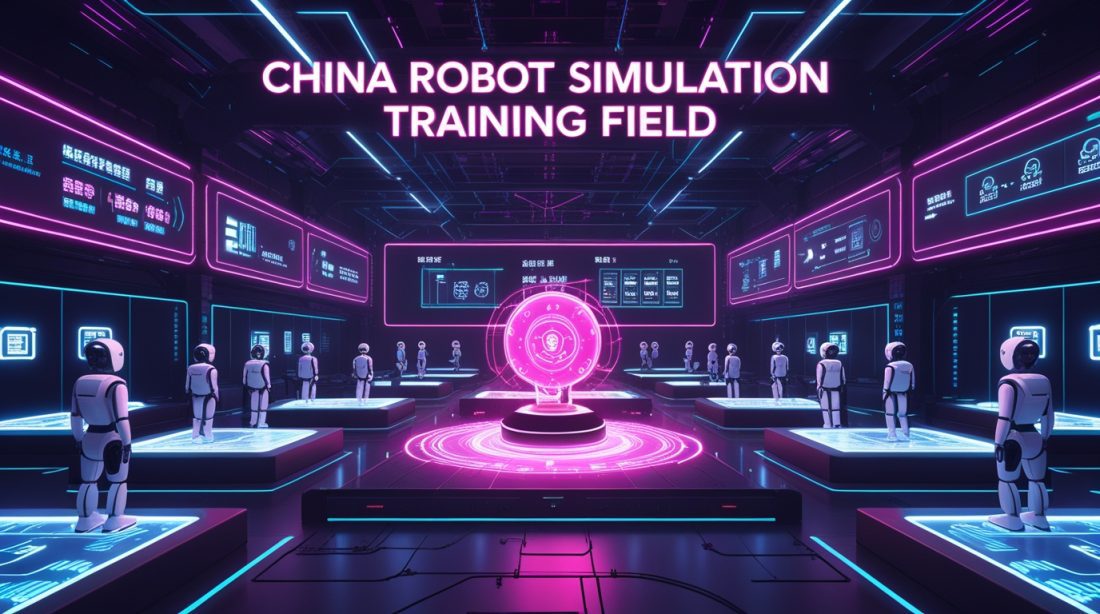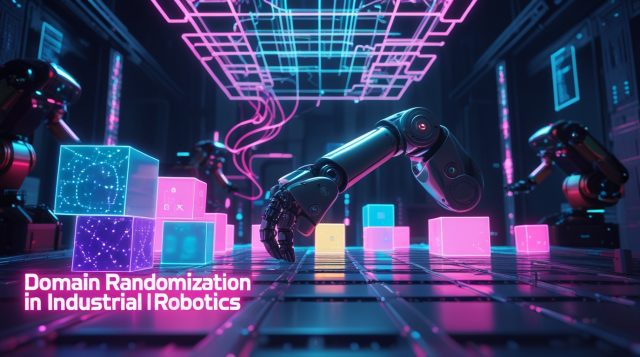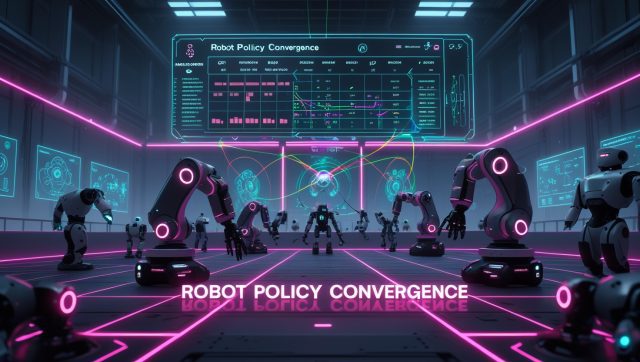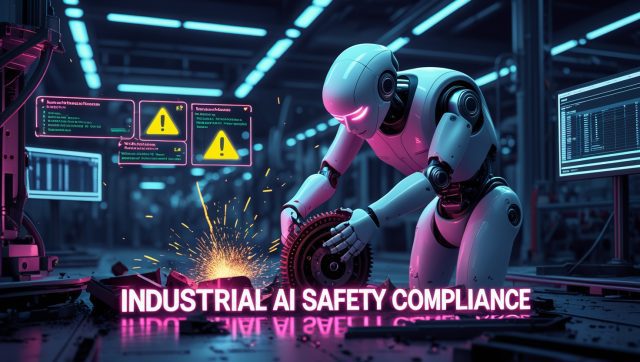Fast Facts
China has established its first fully domestic China robot simulation training field for AI employees in Wuhan, representing a strategic bid for AI workforce development China through homegrown technology. This Wuhan robot training facility, powered by the MotrixSim simulation platform, consumes less than 10% of the computing power of foreign alternatives while training robots for diverse service and industrial tasks. The development signals a calculated Chinese robotics strategy to overcome demographic challenges through scalable robotic labor automation, though experts highlight significant hurdles in bridging the “robotics data gap challenge” that separates current capabilities from truly dexterous automation
China’s Virtual Training Ground for Future Workers
On October 30, 2025, in Wuhan’s Dongxihu district, China unveiled its first AI employee school — a fully domestic robot simulation training field. Built entirely with Chinese technology, the facility represents a calculated industrial AI applications strategy with far-reaching implications for manufacturing automation China.
Unlike traditional automation focused on single tasks, this facility aims to produce versatile “AI Employees” capable of operating across service, retail, and industrial environments. The initiative emerges as China confronts demographic challenges automation, with its working-age population projected to decline to just 36% by 2100.
How Wuhan’s AI Employee School Works: The Technical Architecture
At the core of the Wuhan robot training facility is the MotrixSim simulation platform, developed by Beijing-based Motphys. It represents China’s push for technological sovereignty robotics and independence from foreign computing ecosystems.
- Computing Efficiency: MotrixSim consumes less than one-tenth the computing power of foreign platforms, aligning with domestic Chinese robotics chip ecosystems.
- Virtual-to-Real Correspondence: A human in VR picks up a drink; a robot executes the same action in reality. This simulation to reality transfer accelerates robotic skills acquisition.
- Domain Adaptation: Robots are trained for diverse scenarios — supermarket operations, restaurant services, home care, and manufacturing — reflecting next generation automation.
Why China is Betting Big on AI Employees
China’s investment in AI employee training stems from three interconnected drivers:
- Demographic Imperative: Shrinking workforce makes robotic labor automation an economic necessity.
- Manufacturing Scale Meets AI Ambition: With half of all new industrial robots installed in China, the country is a natural hub for industrial automation trends.
- Technological Sovereignty: Exclusive reliance on domestic chips and OS reflects lessons from semiconductor restrictions.
This aligns with the China AI plus policy, which targets 70% AI penetration across key sectors by 2027.
Simulation vs Real World: Competing Training Approaches
China’s robot simulation technology contrasts with real-world reinforcement learning methods like AgiBot’s teleoperation.
- Simulation-First: Scalable, cost-effective, but faces robot dexterity challenges and simulation-reality gaps.
- Teleoperation: Reliable for complex manipulation, but labor-intensive.
- Reinforcement Learning: Adaptive, but trial-and-error heavy.
The robot simulation versus real world debate underscores the robotics data gap challenge — the disparity between abundant text data and scarce physical demonstration data.
The Data Gap Challenge
UC Berkeley’s Ken Goldberg highlights the “100,000-year data gap” between AI language training and robot learning methods. While AI can master chess, folding clothes or grasping objects remains difficult. This explains why humanoid robot training still struggles with fine motor skills.
Global Implications: China’s Robotics Strategy and Competition
China’s systematic approach to AI-driven workforce development positions it at the forefront of global robotics competition. By building a robust ecosystem for industrial AI applications, the nation is redefining resilience and competitiveness in manufacturing.
The Future of Robotic Workers
The China robot simulation training field is more than a technical experiment — it’s a strategic blueprint for AI workforce development China. By investing in robot simulation technology, industrial robot training methods, and simulation to reality transfer, China is laying the foundation for the future of robotic workers.
The road ahead will be defined by how quickly robotic skills acquisition can overcome the robot dexterity challenges and whether China manufacturing robotics can scale without foreign dependencies.
Further Reading & Related Insights
- How MIT Is Scaling Robot Training Data with Generative AI → Complements the Wuhan facility by showing how generative AI is used to expand robot training datasets.
- Robotics Simulation Now Replacing Physical Prototyping → Directly ties into the simulation-first approach China is taking, highlighting global parallels.
- Three Lives of a Robot: Industrial AI → Explores the lifecycle of industrial AI robots, resonating with China’s push for versatile “AI Employees.”
- Why Domain Randomization in Industrial Robotics Is the Secret Weapon Behind Smarter, More Resilient Automation → Adds depth to the discussion of simulation-to-reality transfer and overcoming dexterity challenges.
- AI Traffic Prediction Is Reshaping Urban Mobility → While focused on transport, it illustrates how AI simulation and prediction models are transforming real-world systems — a useful parallel to workforce automation.



